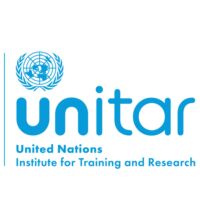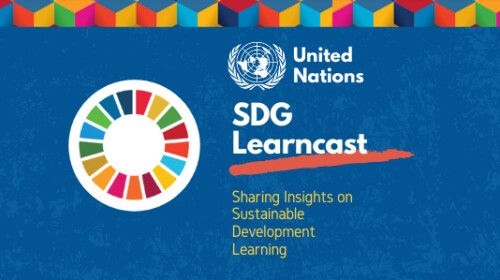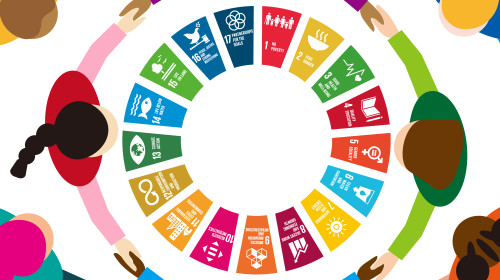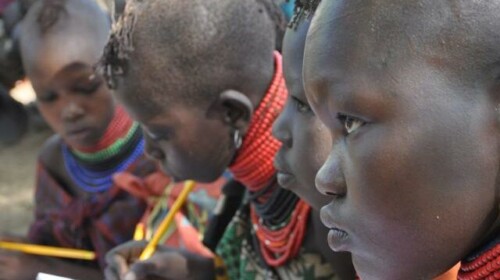This training is designed to assist relevant actors in adopting a risk-sensitive approach when preparing Humanitarian Needs Overviews (HNOs) and subsequent Humanitarian Response Plans (HRPs) as part of the Humanitarian Programme Cycle (HPC). It outlines key steps for analyzing potential hazards and their risk levels, determining how humanitarian situations might evolve over a given period of time, and informing contingency planning, preparedness measures, and early actions ahead of possible developments to reduce risk. It also helps to ensure strategies and programs are sufficiently robust to withstand changes in the operational environment.
Content and Structure
Module 1: Fundamentals of Disaster Risk Reduction (DRR).
Module 2: Disaster Risk Reduction Frameworks - Understanding Inter-connected and Systemic Risk.
Module 3: The Checklist on Scaling Up DRR in Humanitarian Action: Supporting Risk-Informed Programming and Humanitarian-Development-Peace (HDP) Collaboration.
Module 4: Entry Points: Integrating DRR into the Humanitarian Programme Cycle.
Module 5: Foundations for HDP Collaboration on DRR.
Module 6: DRR and Humanitarian Enablers.
The modules contain the following components:
- Interactive Lessons: It is the core mandatory learning component, as they provide the integral content of the modules.
- Evaluation Quizzes: For each module, an activity will assess your comprehension of the lessons learned in the module.
This is a self-paced, interactive course. It takes about 10 hours to complete.
Target Audience
This course is targeted toward persons, government agencies, and advocates who seek to understand the urgency and importance of strengthening cooperation between humanitarian, development, and peace actors to enable long-term reduction of vulnerabilities.
Learning Objectives
- Define the concepts of humanitarian action and disaster risk reduction and explain their importance in reducing the impact of disasters on communities.
- Analyze the causes and consequences of disasters and assess the factors contributing to vulnerability and resilience.
- Evaluate the different approaches to disaster risk reduction, including prevention, preparedness, response, and recovery, and identify the best practices and lessons learned.
- Be familiar with the Checklist on Scaling up DRR in Humanitarian Action: Supporting Risk-Informed Programming and Humanitarian-Development-Peace Collaboration.
- Identify the key actors involved in humanitarian action and disaster risk reduction and describe their roles and responsibilities.
- Understand the urgency and importance of strengthening cooperation between humanitarian, development, and peace actors to enable long-term reduction of vulnerabilities.
- Apply the principles of humanitarian action and disaster risk reduction to real-life situations using case studies.
- Design and implement effective disaster risk reduction strategies and programs, considering the needs and perspectives of different stakeholders and the local context.








